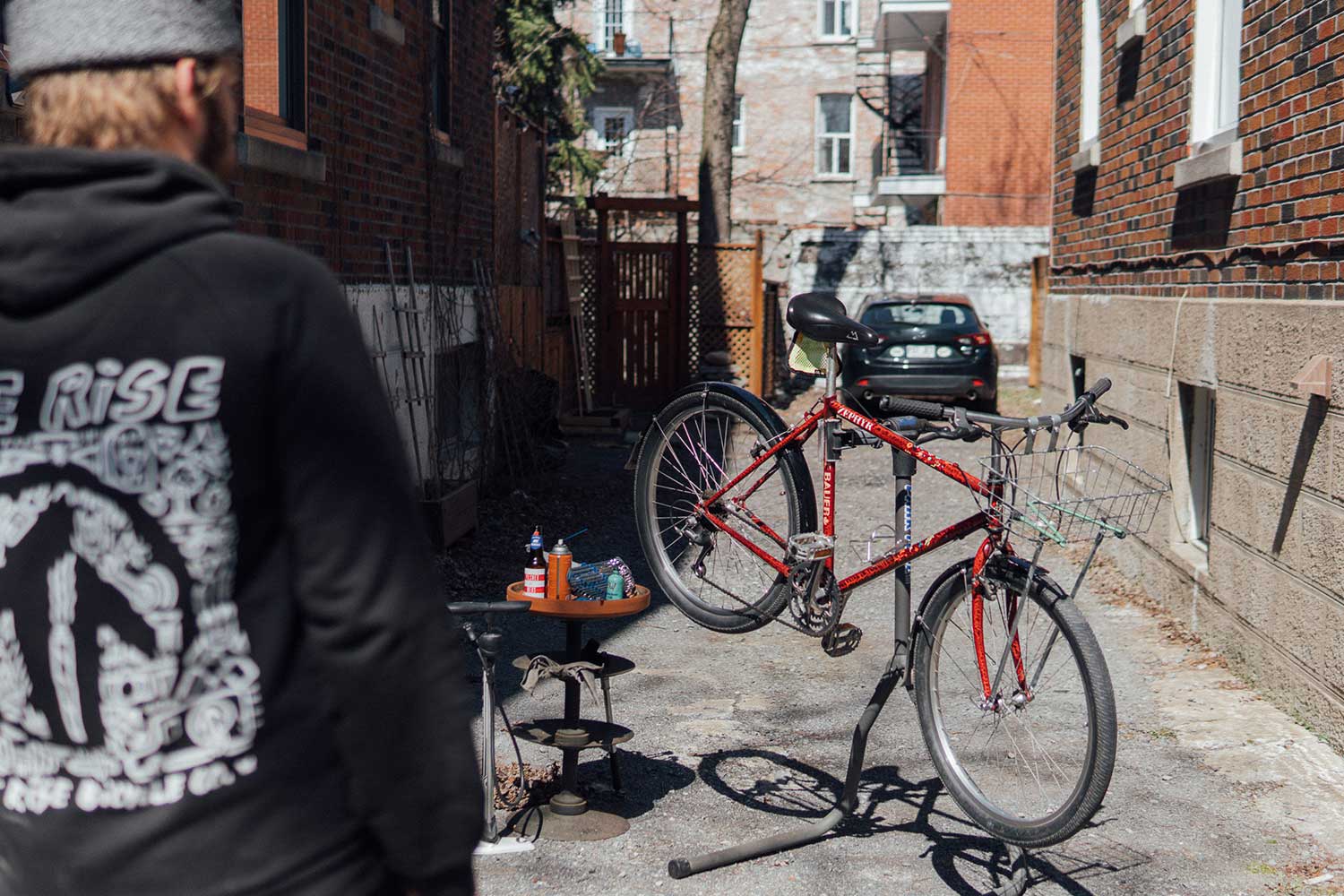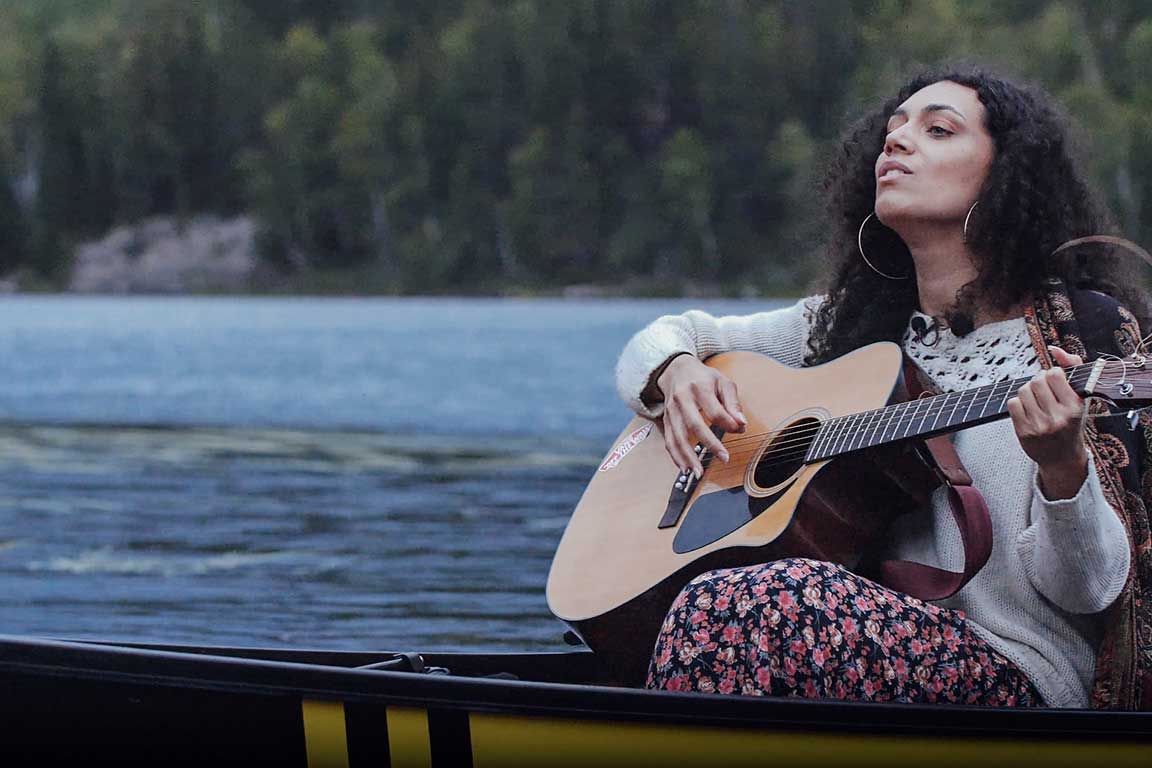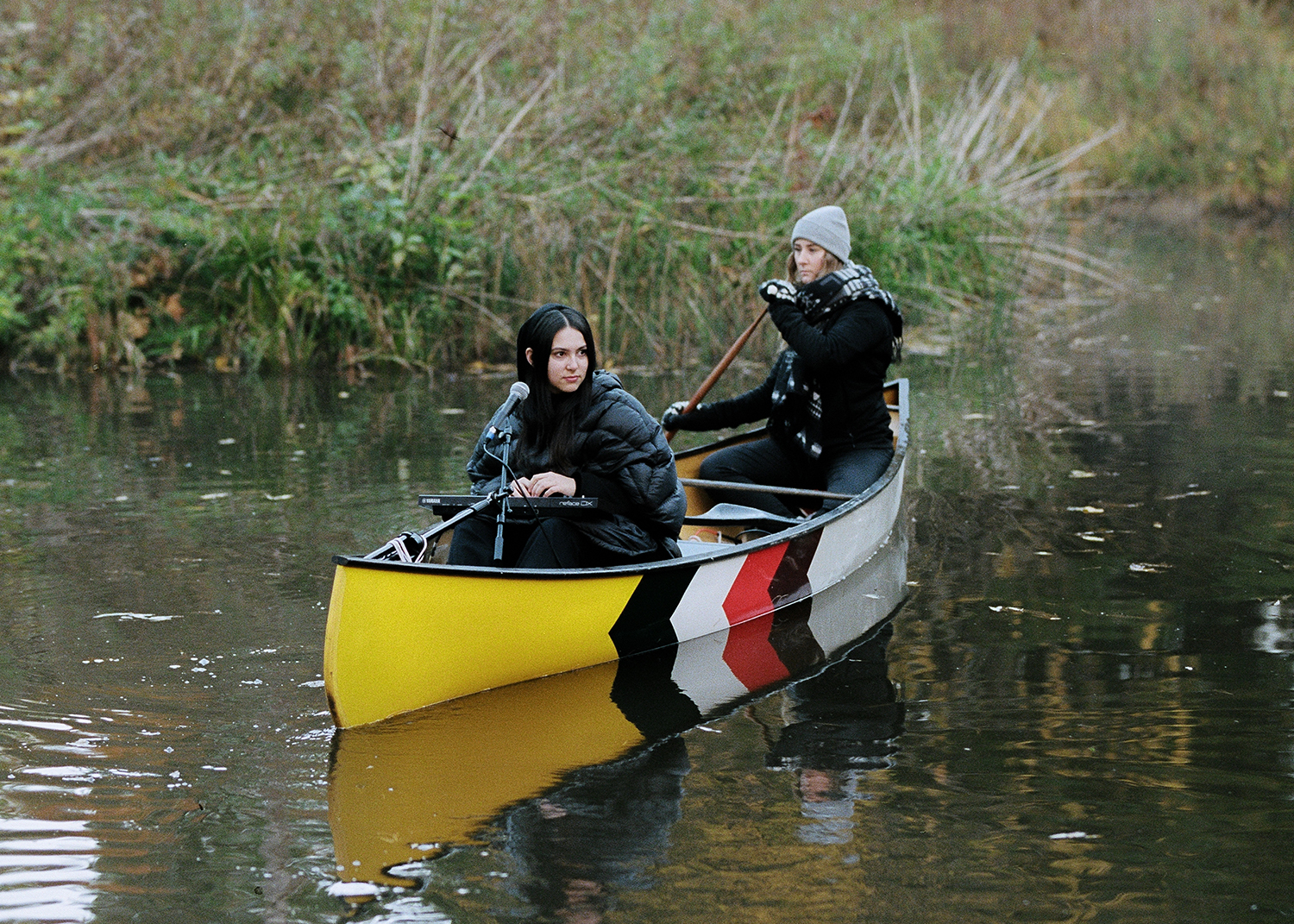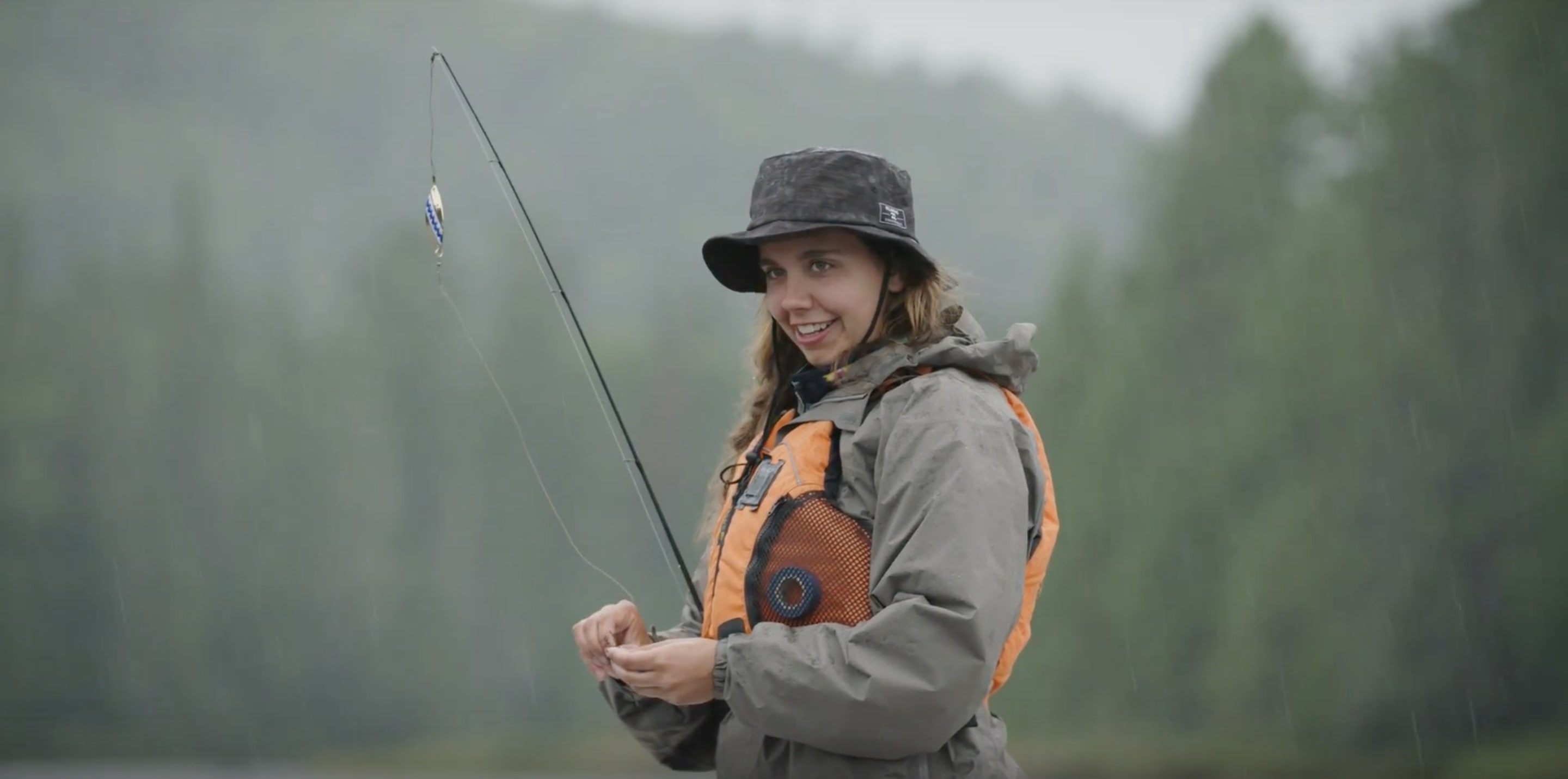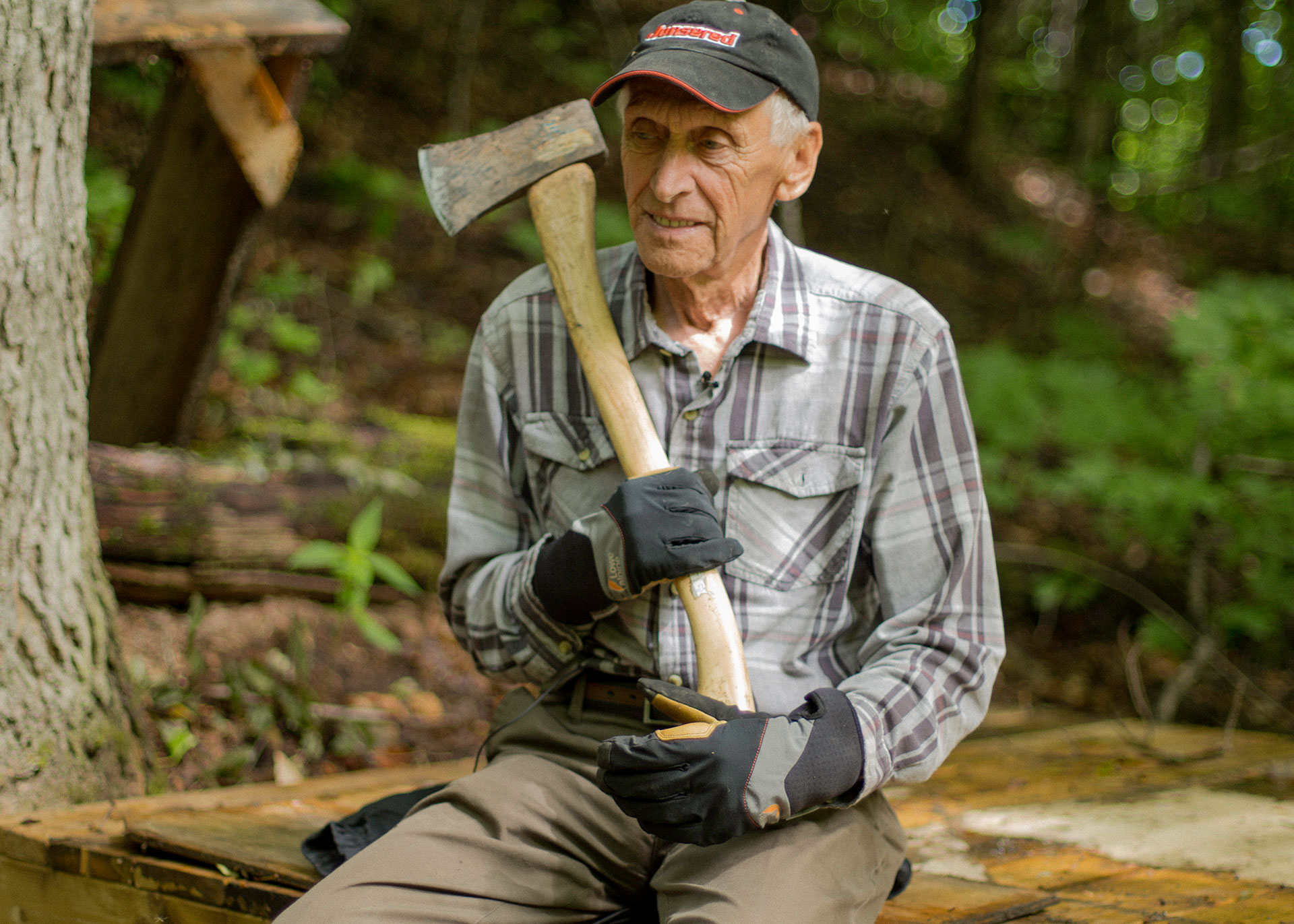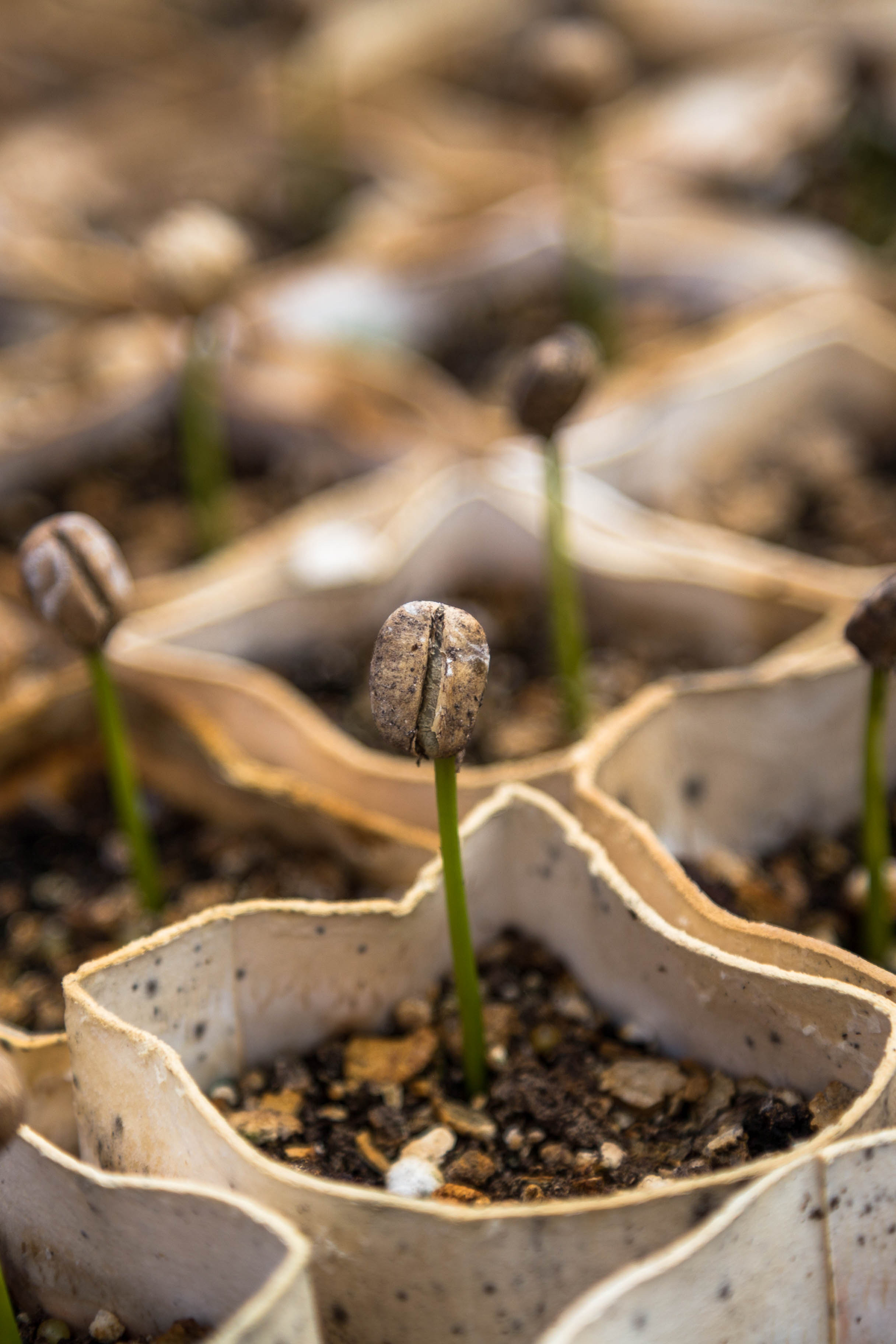Portrait
The Shearer’s Dance
How a Montana rancher is giving life to a lost art.
With a burly build and broad frame, sheep shearer Mike Schuldt is the very picture of a prototypical Montana rancher.
The art of shearing requires brute strength, and in order to handle a writhing 250-pound animal, toughness is a prerequisite. Schuldt’s wide grin, quick wit, and gregarious nature betray his outward appearance. He genuinely enjoys his craft is evident in the care and attention with which he handles each ram and ewe.
Schuldt never intended to become a sheep shearer. As a struggling college student at Montana State University in 1983, he learned from a friend that it was possible to make $300 a day harvesting the valuable wool from sheep. Having grown up in a cattle-ranching community who referred to the white, grazing ungulates as “land maggots,” he was surprised at his unique aptitude.

“I didn’t really have any training, and the guy I learned from had learned from his neighbour 20 years earlier,” he recalled.
In 2006, after nearly 25 years of shearing, Schuldt decided it was time to become a student again and travelled halfway around the world to New Zealand. He had heard of a technique — known as “the dance” — developed by a renowned farmer and sheep shearer named Godfrey Bowen, which reduced stress on the animal and enhanced yields. The secret is in the precise footwork. The results of his time in New Zealand were immediate and lasting.



“Until you have someone walk you through the movement and timing, you can’t get it. Footwork changed everything about my process.”
Shearing sheep has been practised for thousands of years, but it’s becoming increasingly difficult to find high-quality shearers in the western United States. Schuldt believes this is due to the physically demanding nature of the work. For many older shearers, back problems are ubiquitous, and, since it’s mostly a seasonal gig, it’s harder to enlist young people who may see it as an antiquated, low-wage hobby. But Schuldt remains committed to his trade and his energy is contagious. He works with students year-round at Montana State University as a County Extension Agent and travels extensively during the year to attend lively competitions, which he often wins.
This year alone, Schuldt will shear more than 7,000 sheep. In peak season in the spring, he can average 130 a day. “My best day ever was 227!” He notes with grinning pride.

To witness Schuldt handle an animal is truly a dance to behold; arms, legs, muscles, and wool become entangled in movement that has a striking, primal grace. He straddles the sheep while manipulating its neck and legs, applying pressure on specific muscle groups for maximum stretch between limbs. This allows him to avoid cutting into the animal’s skin as his razor glides smoothly over the surface of the wool. In under three minutes, he completely transforms the voluminous animal into a shrunken, hairless version of its former shape. It’s fast, efficient, and painless for both parties, which brings Schuldt deep satisfaction. Animal cruelty in the wool industry has been brought to light in the last decade, especially on rural, unregulated ranches. A barbaric procedure called “mulesing” persists, in which workers force live sheep onto their backs, restrain their legs between metal bars, and, often without any painkillers, carve huge chunks of skin away from the animals’ backsides. It’s incredibly painful and traumatic. Schuldt has a strict zero-tolerance policy for abuse of any kind.
“If I hear or see anyone being too abrasive or cruel in any way, they’re gone. Simple as that. I have a reputation for integrity and I won’t stand by and watch an animal suffer.”

Schuldt’s singular skill is the result of a globalized perspective on education, which he hopes to instill in his students. “From the old ways to the new, the machinery hasn’t changed much, but the pattern and relationship of the shearer to the sheep has doubled, and in some cases tripled, the yield.” With his attitude of continual learning and mindful human–animal relationships, Schuldt intends to influence a new community practising a lost art. “We’re expected to care for these animals and we know so much more about preventing pain or damage now than we ever did before.”




